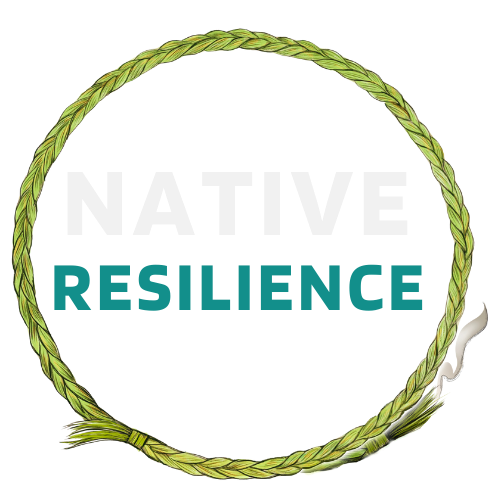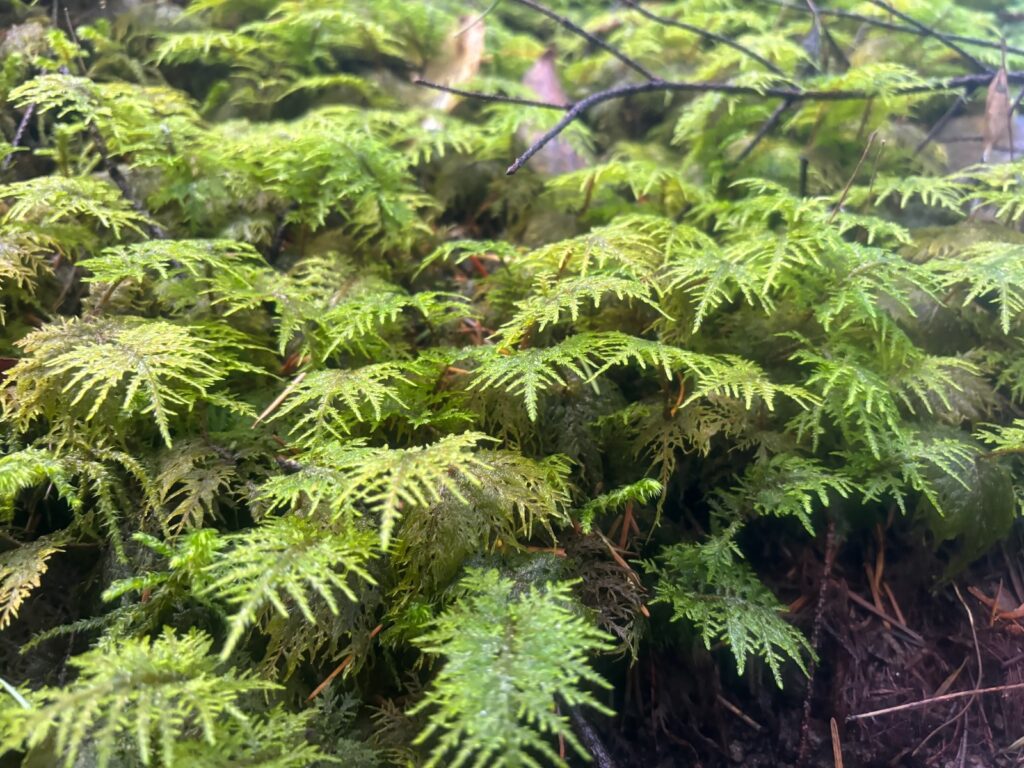Author’s note: This poem is written in honor of my winter trip to Victoria, British Columbia, ancestral home of the Lək̓ʷəŋən and W̱SÁNEĆ Peoples. I have been forever moved by my short time there and I am so grateful and humbled to have been welcomed by University of Victoria Department of Environmental Studies. Victoria is facing several climatic changes including projected longer and drier summers, wetter winters, and sea-level rise — many of the same challenges as my home island of Hawaiʻi. Our islands are shared homelands for humpback whales that summer in northern waters. Our islands and waters depend on the care of water guardians like Loreisa Lepine (land steward for ‘A Place of Medicine’ discussed in this poem, and further discussed in this interview) and the cultivation of each our own places of medicine. I would most like to draw attention to the role of Indigenous land stewards in reviving and caring for land, not only physically but in spirit. In this poem I use a combination of words in Ləkʷəŋínəŋ and ʻŌlelo Hawaiʻi to refer to the flora and fauna people shared across our island worlds. I would like to honor Deborah Curran, Kara Shaw, Darcy Mathews, Loreisa Lepine, Andrew Elves, Eric Higgs, Natalie Ban, Hōkūlani Aikau, Nancy Shackelford, Margy Gamble, Gerald Singh, James Rowe, and Sarah Hunt with this piece.
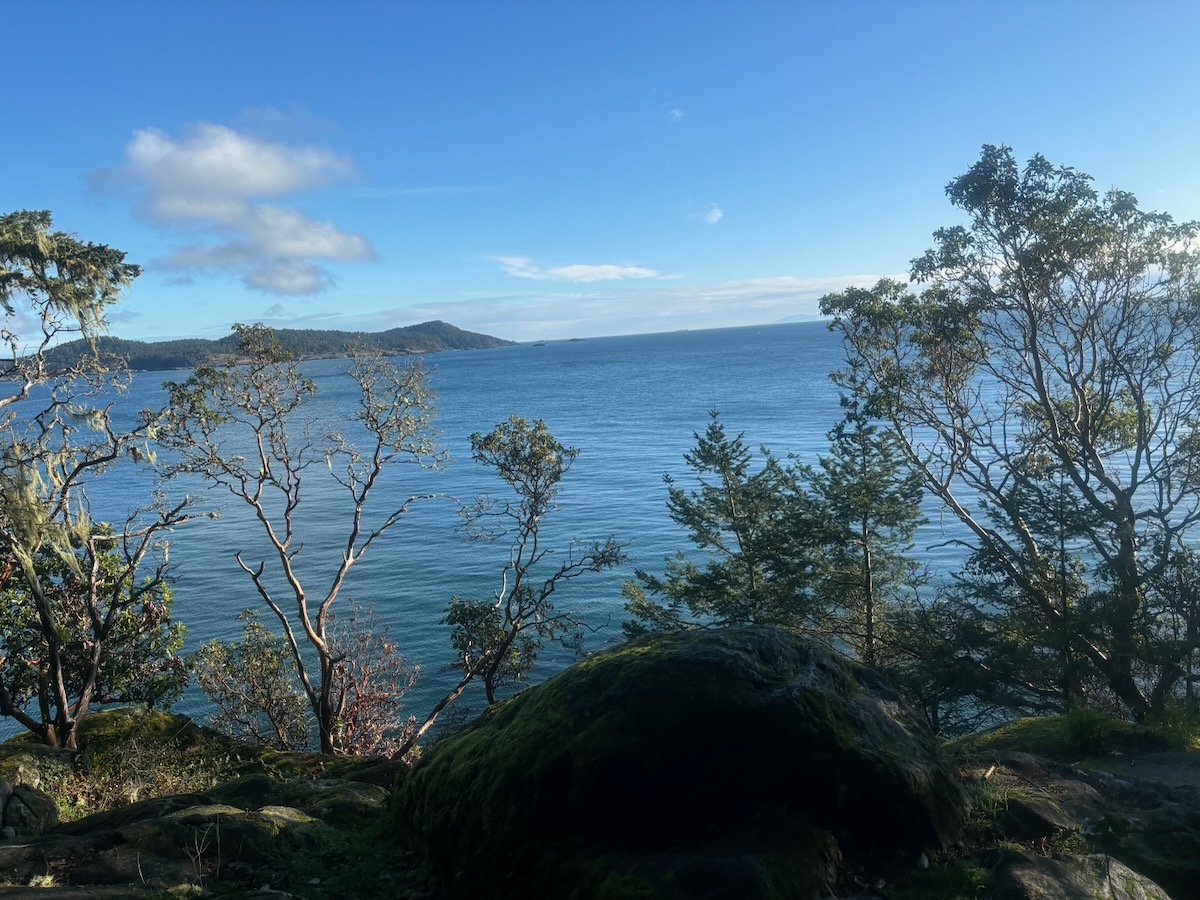
Ocean view from East Sooke, Vancouver Island. Credit: Gina McGuire.
VICTORIA
“Hang Grief as though she were a coat.
Leave it at the door,” Land Warrior told me
as I entered A Place of Medicine. Grief,
a small, almost-black blue ball that floated
before my breast. Travelled with me as
shadow. The wind-dancing cattails
watched as I pressed her into the
arms of a neighboring Pášələqʷ tree.
The crisp smell of her needles
whispering, “it’s ok. I will hold her, safe.”
This exchange witnessed by the
hushed, wave-kissed driftwood shores. Beyond,
the kelp beds’ sway, and beyond, the st̕áyə
dancing under winter’s sun. And even beyond,
the qʷənəs offshore, singing on their solstice paths.
Some of these pods, the koholā,
their song paths lead home.
With them my spirit flew out beyond
body, able to follow the winds, the rains,
the spéenxʷ seeds cupped carefully in palms.
Shower to earth as long-awaited rain presses
into soul. Bringing medicine back to lands once
hardened, water-diverted.
Icy rain slid through canopy’s boughs,
along eyelids, soaking the leaf carpet below.
A prayer answered: a blessing so far
from home. The green world of ferns and moss,
filters of the tiny droplets my teacher
would say, “hold the blueprints of heaven.”
Water, the keeper of kʷs spéʔes slumber,
the lengthening dark, salmon’s last journey. All the world, hushed.
A deep breath in a collective dream,
watching through spirit sleep.
Pášələqʷ had as promised, kept Grief safe.
I reached within the soft needles. Pressed
the round, inky ball back into the marrow of
my sternum and beyond, deep into my
veins, and even beyond to the navy tinge that settles
along the corners of consciousness. An endless
field of tasseled grass waving beneath
star-freckled dusk. My own Place of Medicine.
Many do not understand. “Thank you,” I whispered
to Pášələqʷ. For Grief is not mine to spread upon the land.
She is spirit’s soft murmur: those we love
can’t be replaced. A carefully held gift carried along
winter song paths into the even beyond.
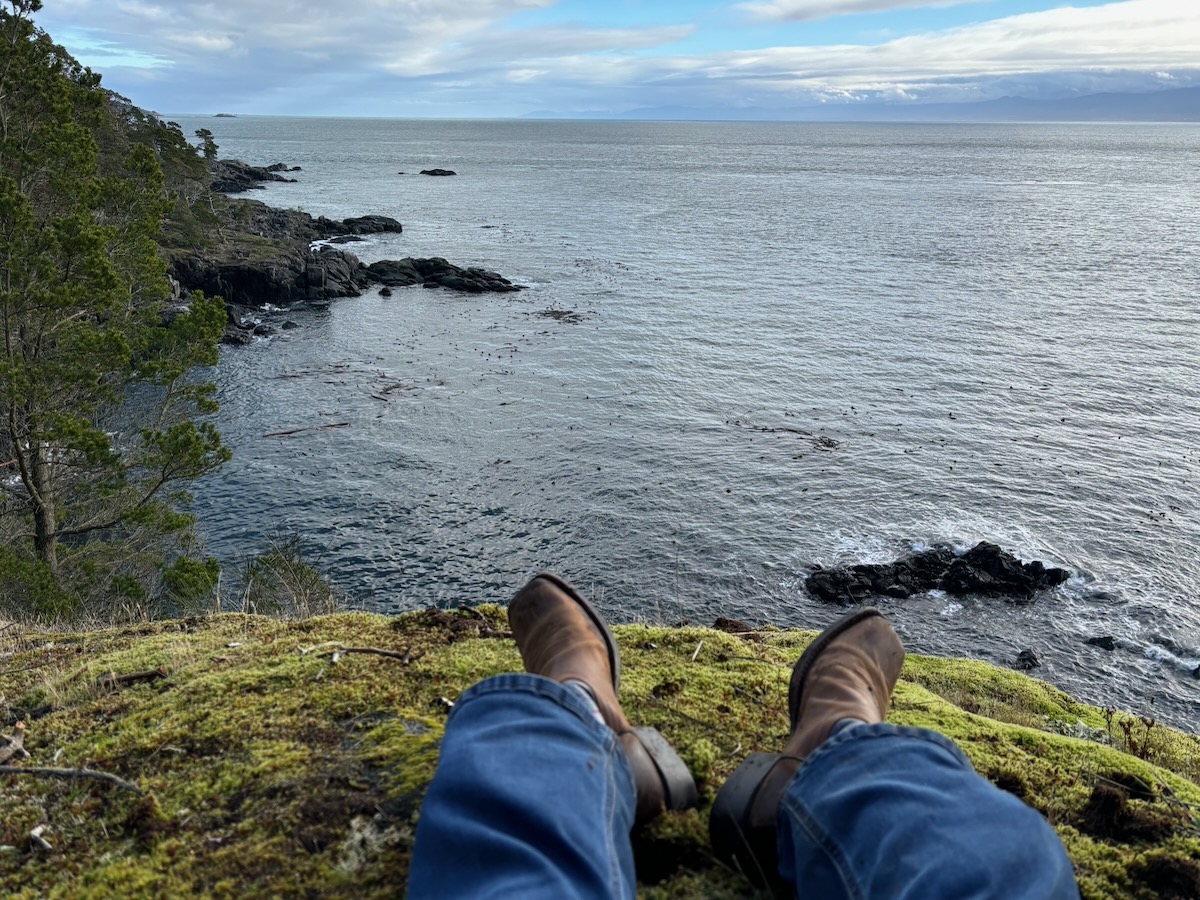
View of the Kelp beds of East Sooke, Vancouver Island. Credit: Gina McGuire.
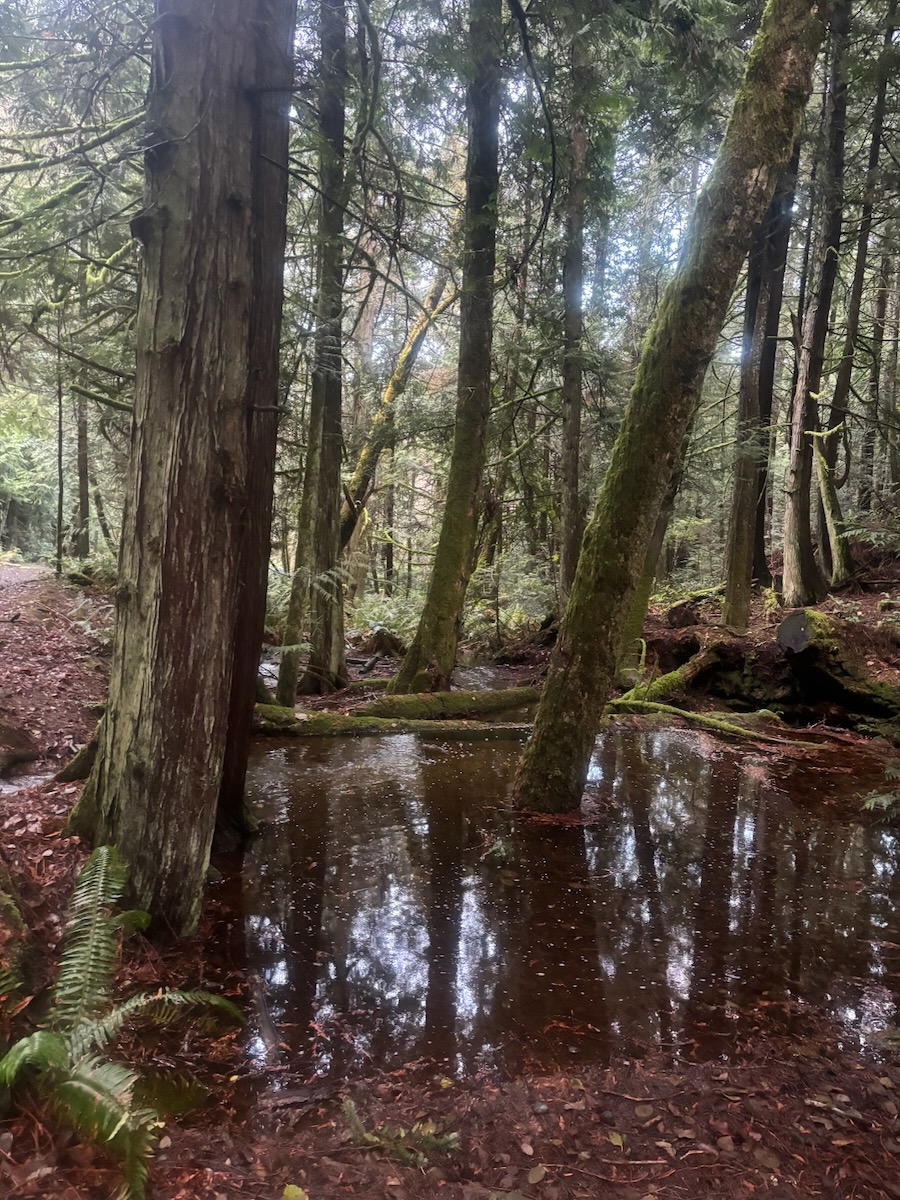
East Sooke forest trail, Vancouver Island. Credit: Gina McGuire.
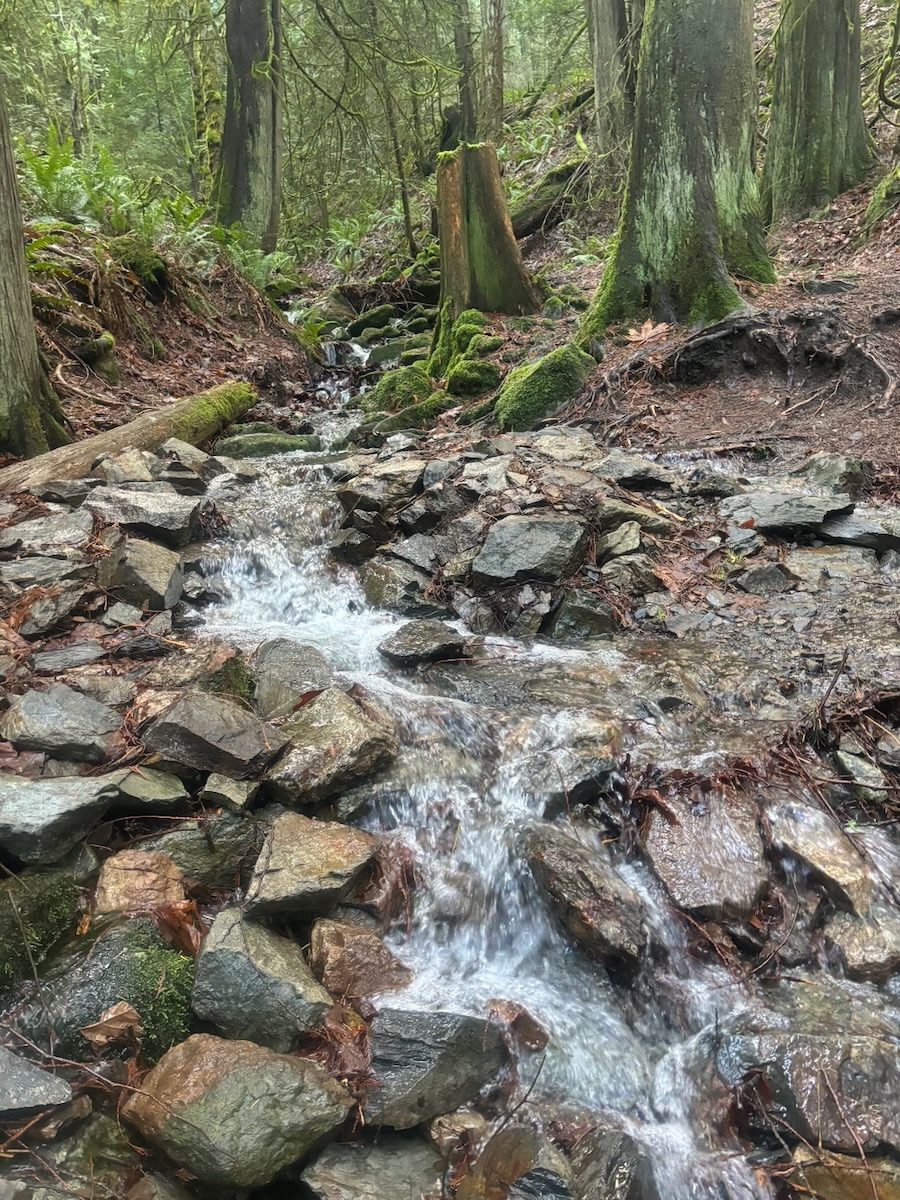
Mount Finlayson forest trail, Vancouver Island. Credit: Gina McGuire.
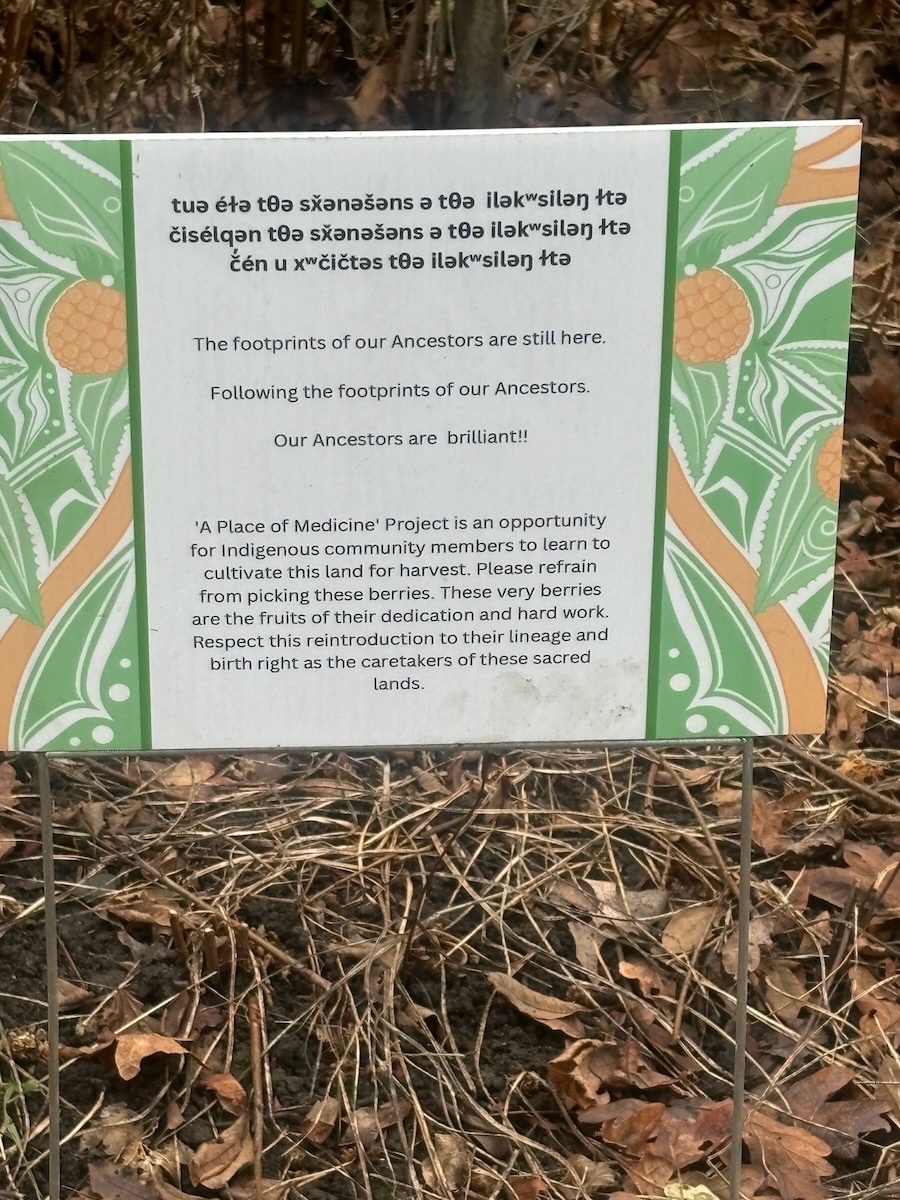
A Place of Medicine at the University of Victoria. Credit: Gina McGuire.
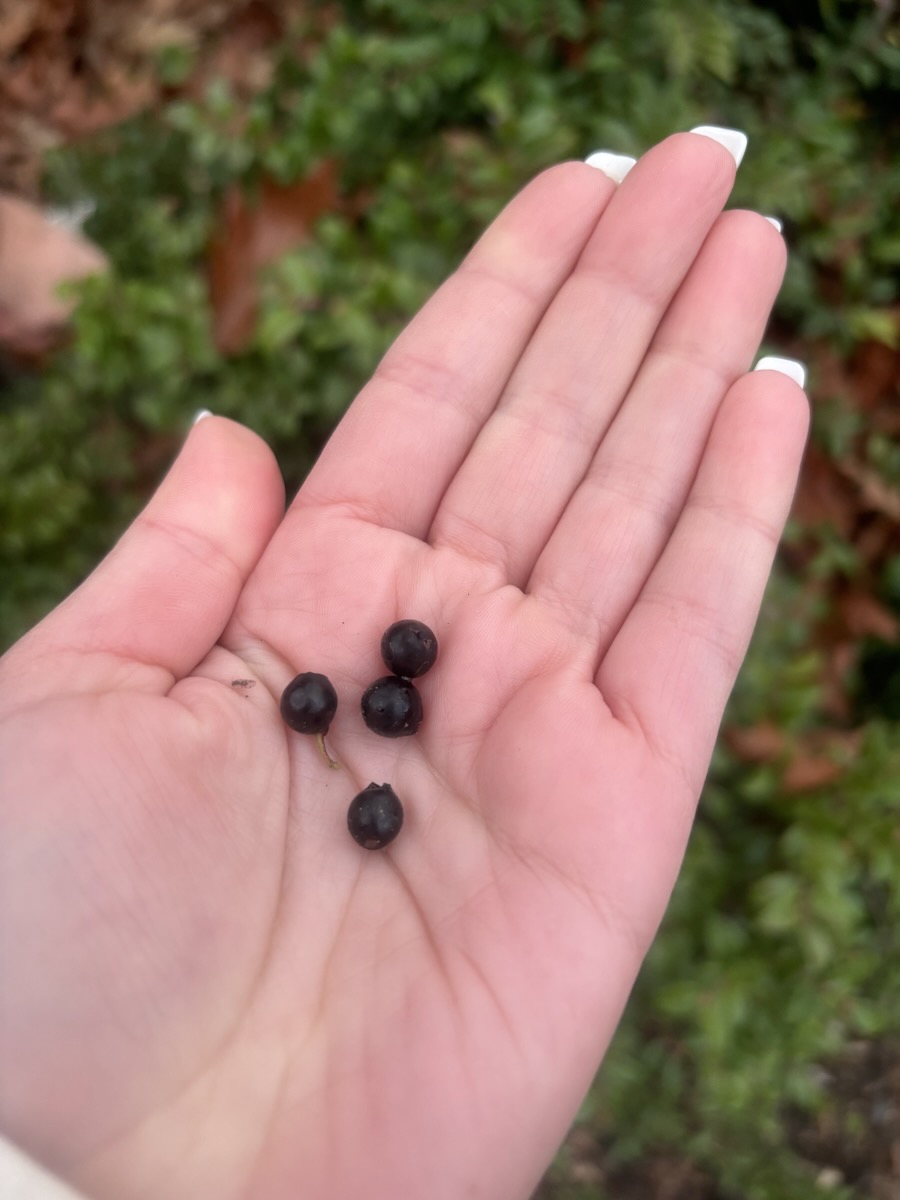
Camas seeds, A Place of Medicine at the University of Victoria. Credit: Gina McGuire.
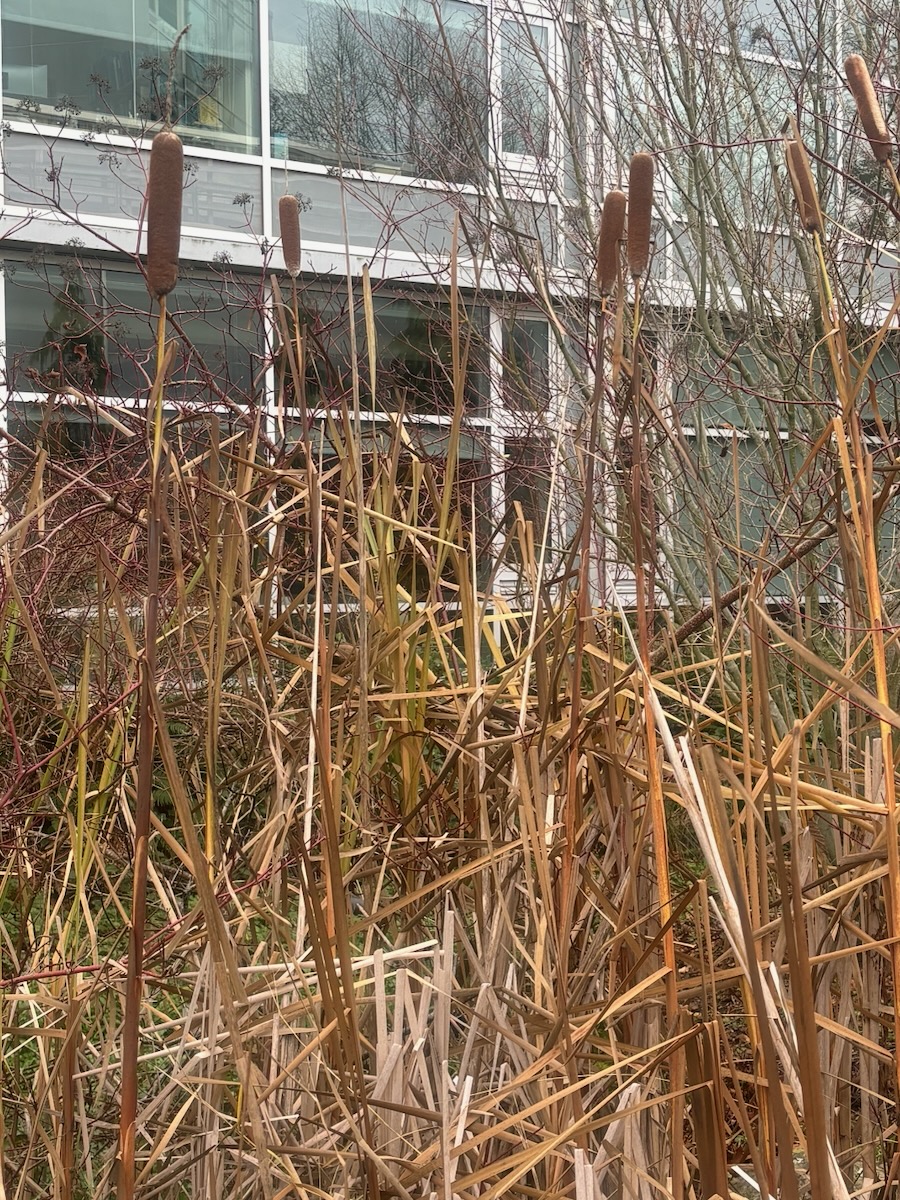
Cattails, A Place of Medicine at University of Victoria. Credit: Gina McGuire.
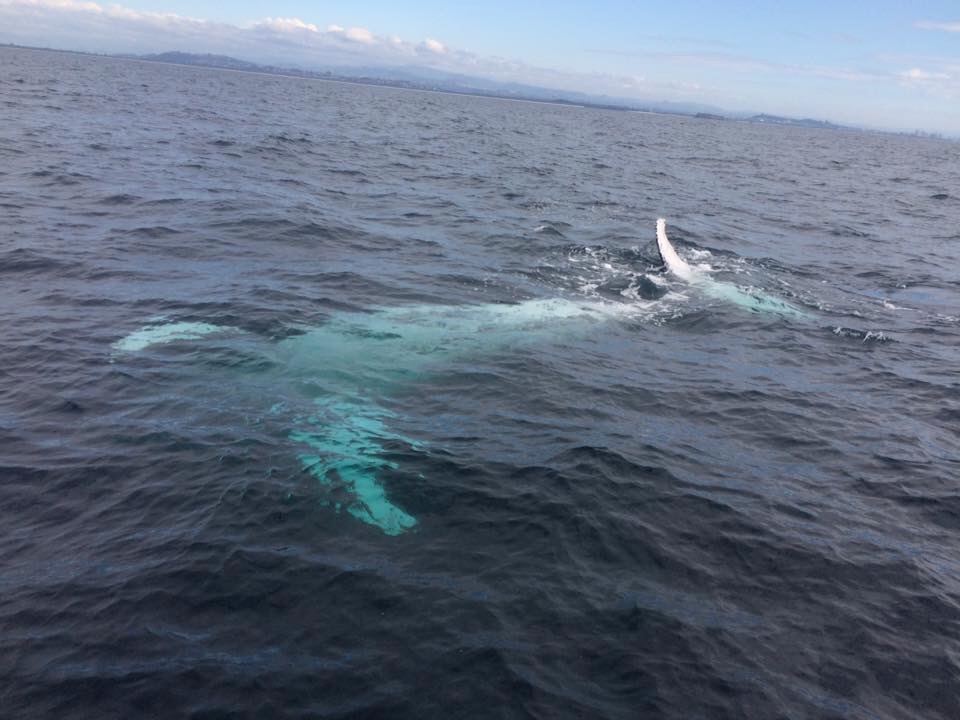
Vancouver and Hawaiʻi islands are shared homelands for humpback whales that summer in northern waters. Humpback whales are found in all of the world’s major oceans; although the humpback whale pictured here was photographed offshore from Australia’s Gold Coast, humpbacks around the world share similar challenges due to rapidly warming ocean waters. Credit: Gina McGuire.
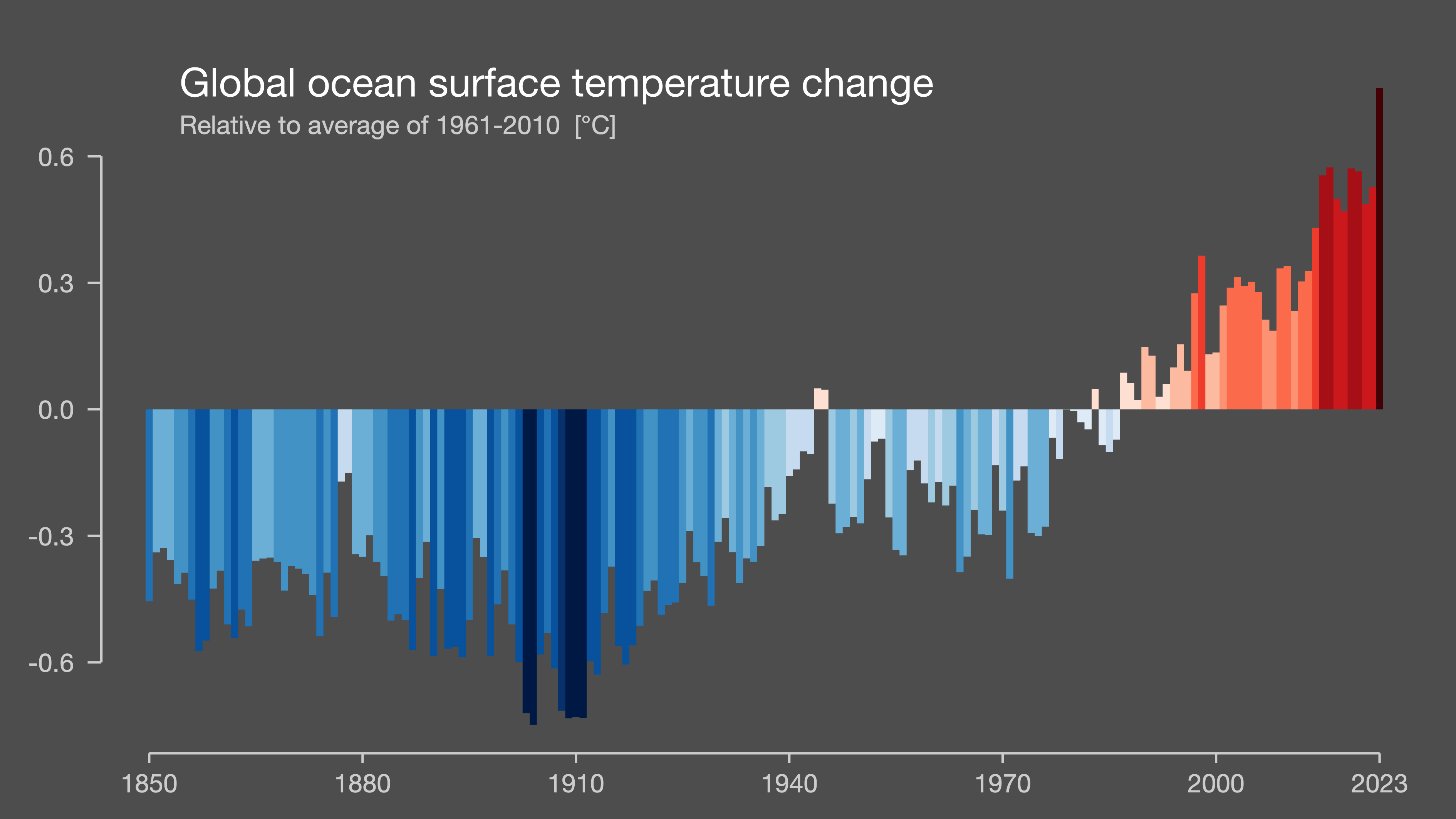
Global ocean surface temperature change from 1850-2023. Credit: Ed Hawkins, University of Reading.
